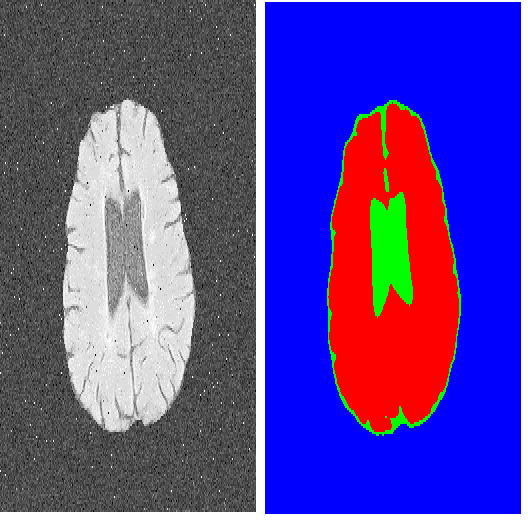With pervasive applications of medical imaging in health-care, biomedical image segmentation plays a central role in quantitative analysis, clinical diagno- sis, and medical intervention. Since manual anno- tation su ers limited reproducibility, arduous e orts, and excessive time, automatic segmentation is desired to process increasingly larger scale histopathological data. Recently, deep neural networks (DNNs), par- ticularly fully convolutional networks (FCNs), have been widely applied to biomedical image segmenta- tion, attaining much improved performance. At the same time, quantization of DNNs has become an ac- tive research topic, which aims to represent weights with less memory (precision) to considerably reduce memory and computation requirements of DNNs while maintaining acceptable accuracy. In this paper, we apply quantization techniques to FCNs for accurate biomedical image segmentation. Unlike existing litera- ture on quantization which primarily targets memory and computation complexity reduction, we apply quan- tization as a method to reduce over tting in FCNs for better accuracy. Speci cally, we focus on a state-of- the-art segmentation framework, suggestive annotation [22], which judiciously extracts representative annota- tion samples from the original training dataset, obtain- ing an e ective small-sized balanced training dataset. We develop two new quantization processes for this framework: (1) suggestive annotation with quantiza- tion for highly representative training samples, and (2) network training with quantization for high accuracy. Extensive experiments on the MICCAI Gland dataset show that both quantization processes can improve the segmentation performance, and our proposed method exceeds the current state-of-the-art performance by up to 1%. In addition, our method has a reduction of up to 6.4x on memory usage.
翻译:随着医疗成像在医疗保健中的普遍应用,生物医学图像分割在数量分析、临床诊断诊断和医疗干预中发挥着核心作用。由于人工静脉分解在数量分析、临床诊断诊断和医疗干预中发挥着核心作用。由于人工静脉分解在可复制性有限、电子骨质和超时方面有限,因此自动分解希望处理越来越大规模的组织病理学数据。最近,深神经网络(DNN),高气压全面变异网络(FCNs)被广泛应用于生物医学图像分割,取得了很大的改进性能。与此同时,DNNS的四分解已成为一个精确性研究话题,目的是用较少的内存(精度)代表重量,大量减少DNNS的记忆和计算要求,同时保持可接受的准确性。在本文中,我们将提议的静脉冲技术运用于高生物医学图像分割。与目前主要针对记忆和计算复杂性减少的四分解过程不同,我们采用四分解法作为降低电子内向上电子化的方法,我们采用一种静态化的方法,用静脉压式的机解剖分解结构框架进行精确度框架。Special-我们将数据显示一种高精度数据。





